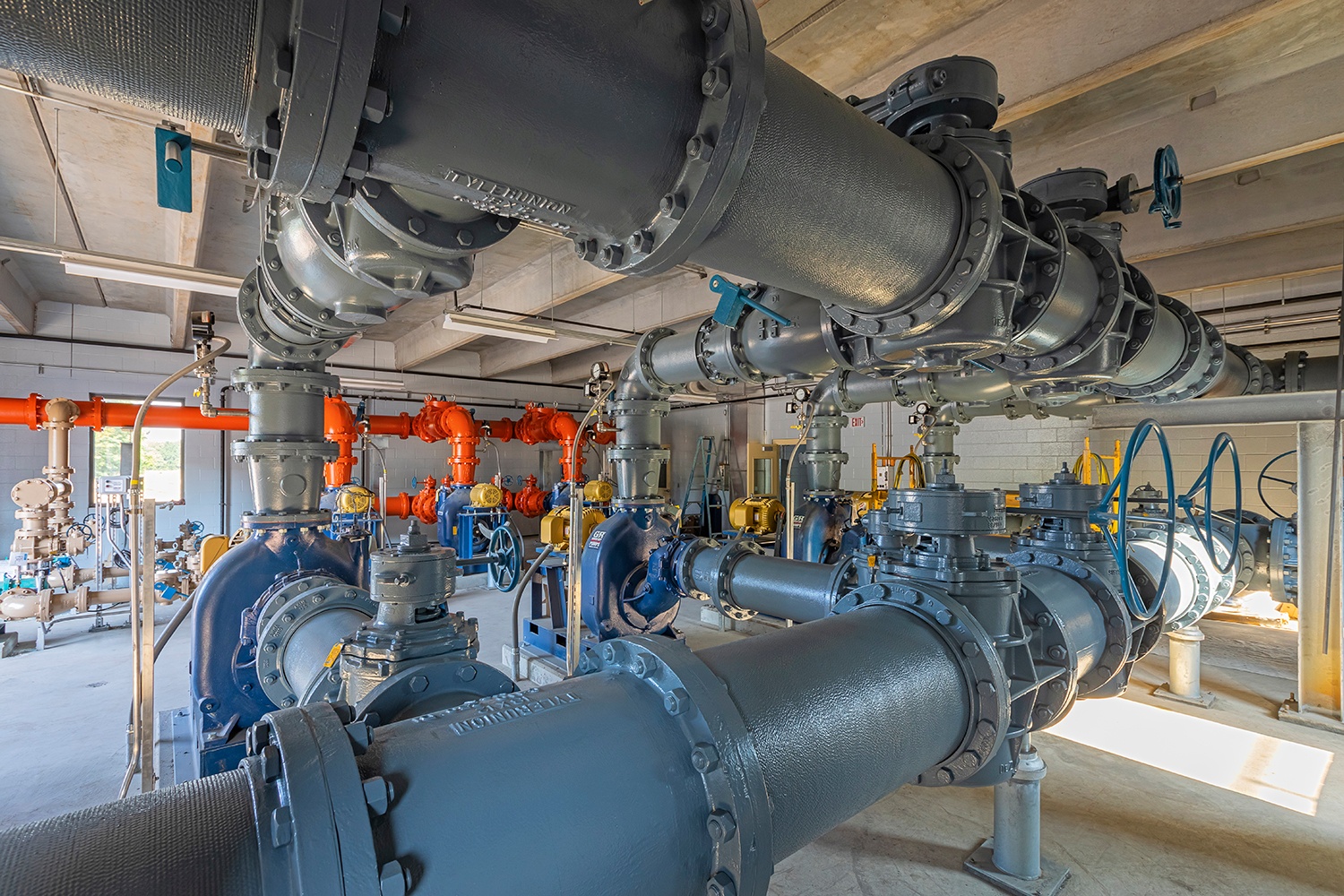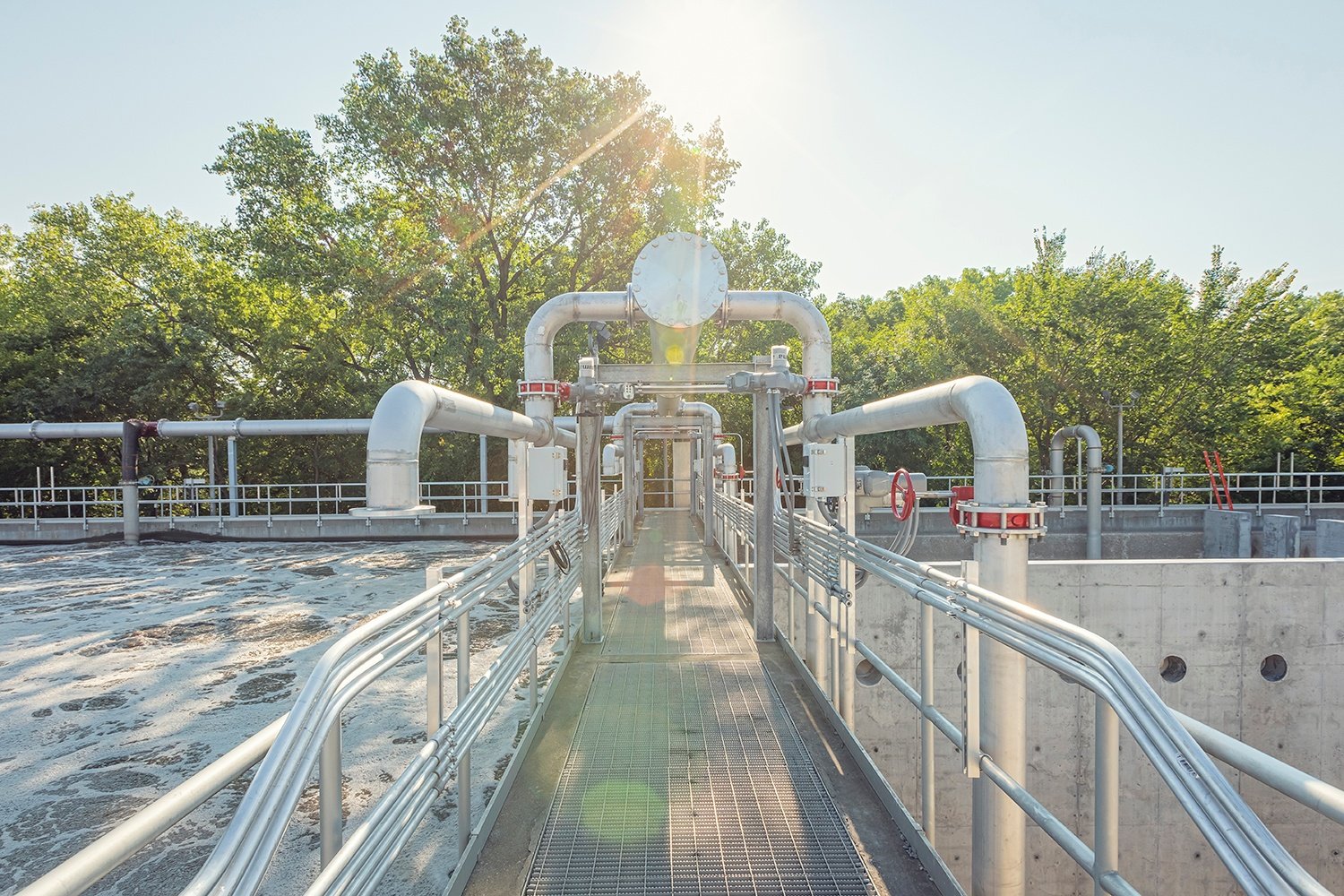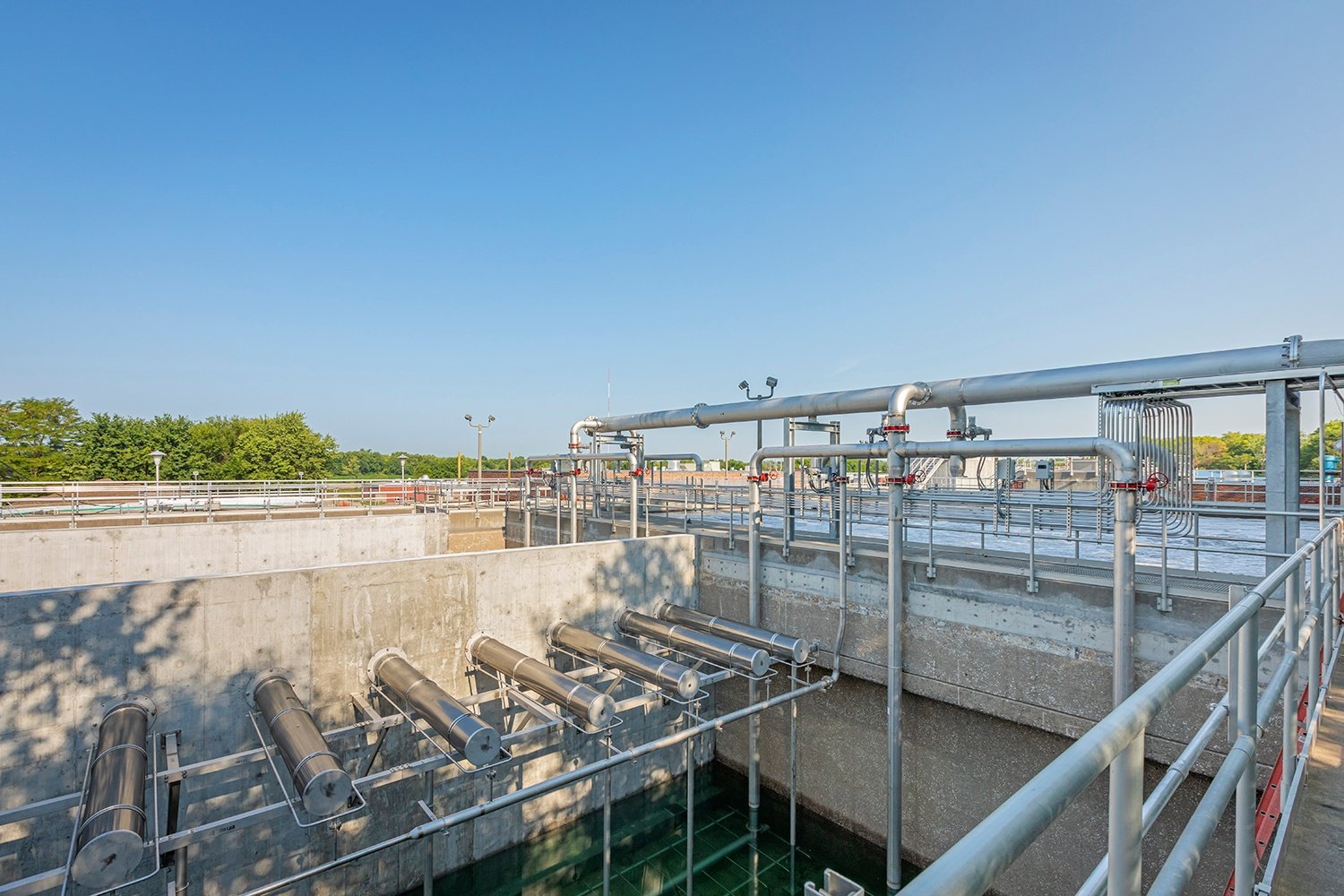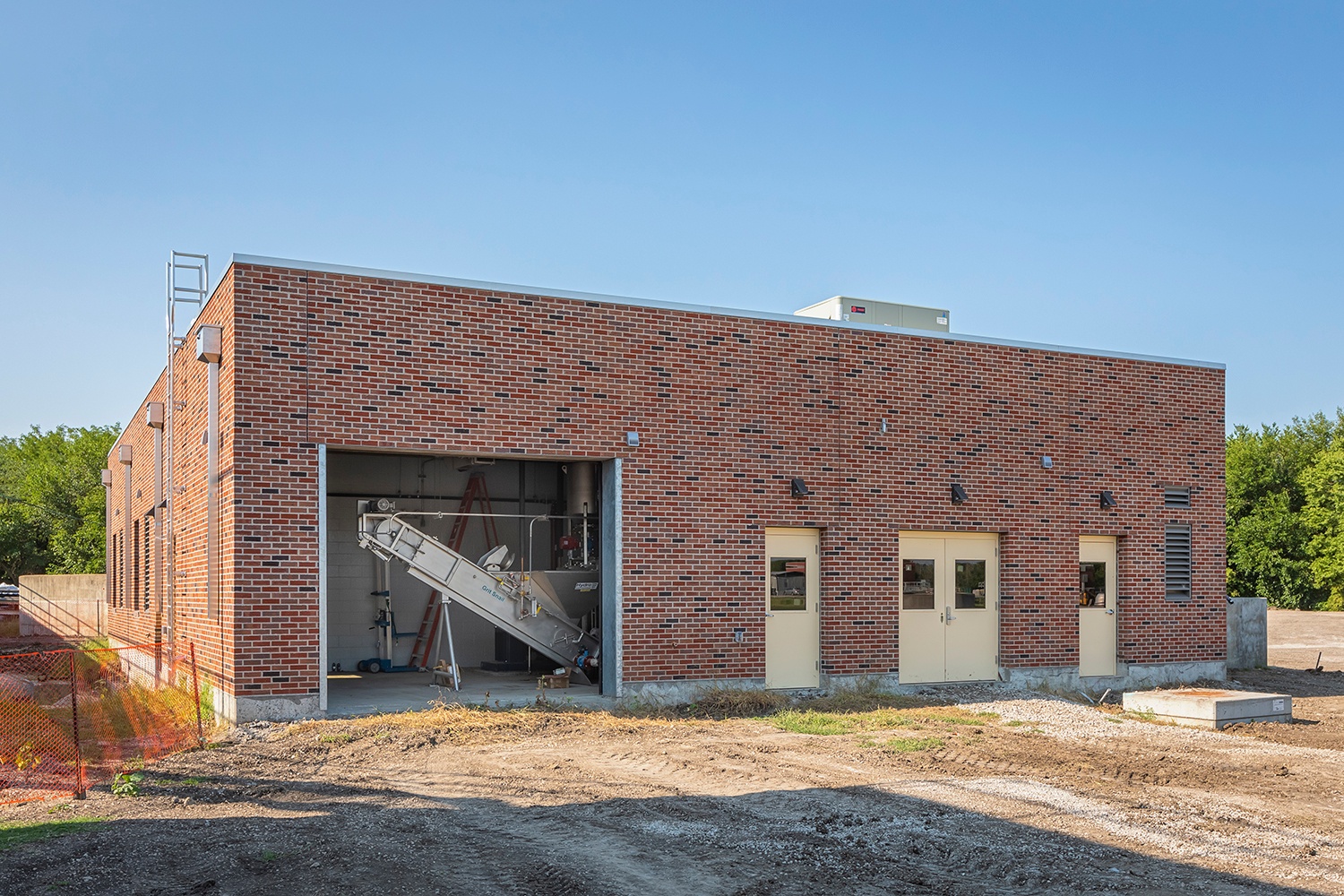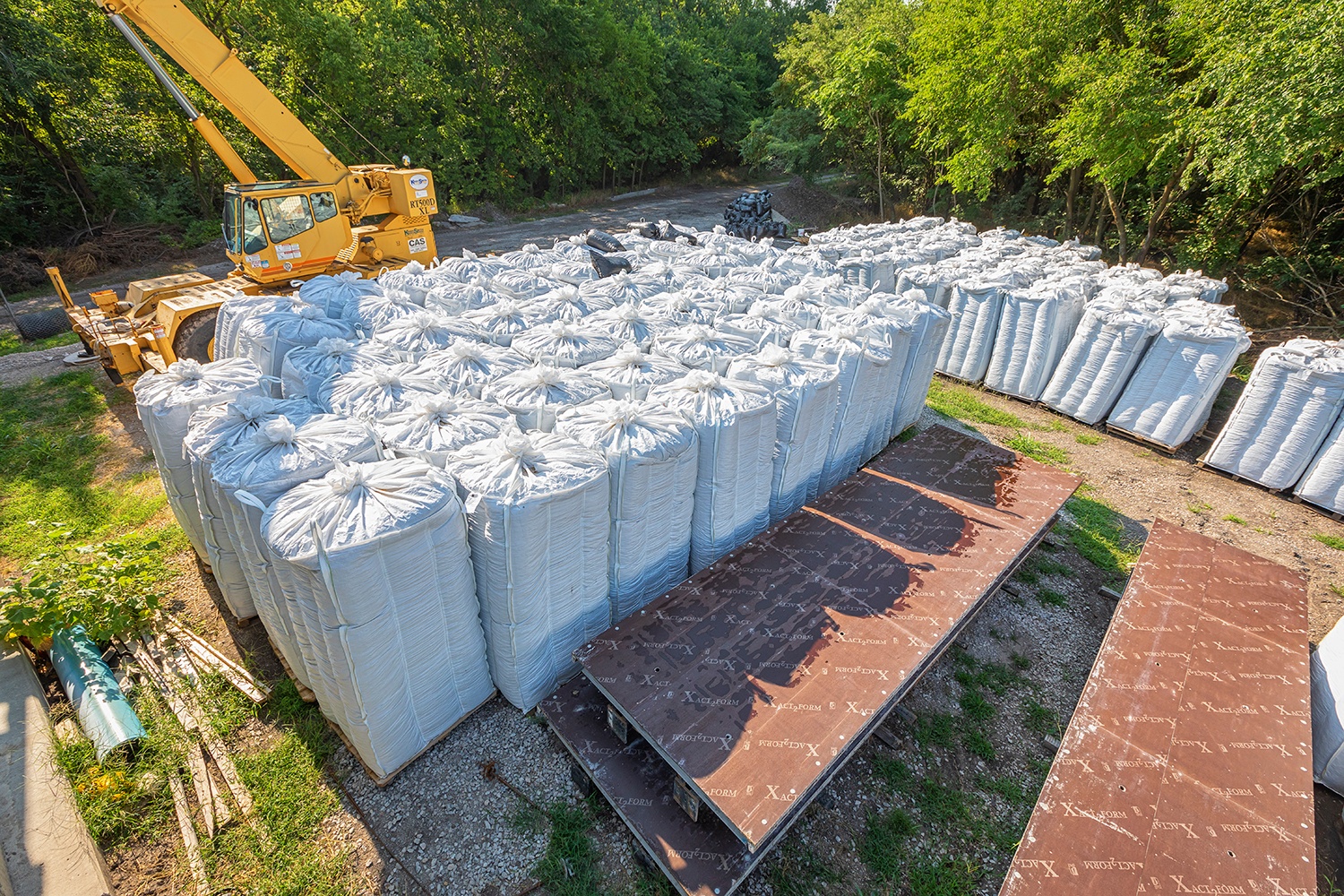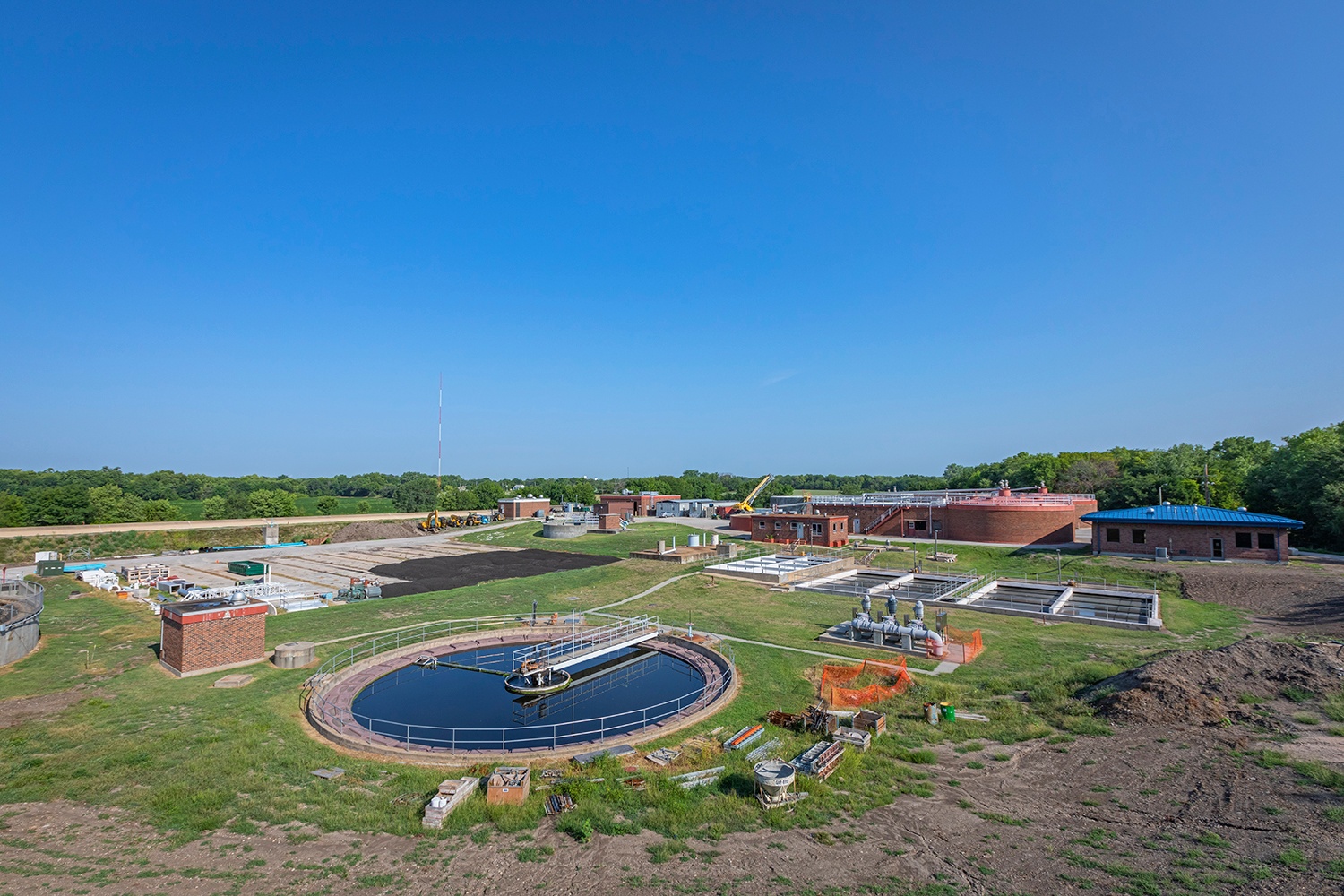Solution
With financial limitations prohibiting the creation of a new facility, a design-build delivery approach and alternative technology would allow Emporia to reuse as much of the existing infrastructure as possible. This approach was chosen because it provided a single point of accountability, allowed collaboration with the city, and reduced overall project cost and delivery time. In addition, the city was provided financial guidance as well as assistance in obtaining funding via the Kansas State Revolving Loan Fund (SRF).
The design-build team of Burns & McDonnell and CAS Constructors worked collaboratively to provide improvements to meet the impending discharge permit requirements, including those for effluent nitrogen (10 mg/L) and phosphorus (1.0 mg/L). The innovative technology utilized is based on an Integrated Fixed-Film Activated Sludge (IFAS) process. It’s the first of its kind in Kansas, but one of more than six similar installations that Burns & McDonnell has implemented across the nation for biological nutrient removal (BNR). The approach was selected to ease installation in the existing aeration basin, effectively eliminating the need to build separate anaerobic/anoxic basins for nutrient reduction.
In addition to meeting the nutrient reduction objectives, facility improvements also include the treatment of wet weather flow up to 11 million gallons per day (MGD), streamlined operations and solids handling, and reduced energy costs in conjunction with a reliable supply of power, and a new laboratory, office and administrative space.
The project was designed and constructed using two phases.
Phase one included the preparation of the design to 30% completion and preparation of the lump sum price proposal. Phase two involved preparation of the complete design, construction and post-construction tasks, including performance testing, startup and commissioning, and operator training and support.


